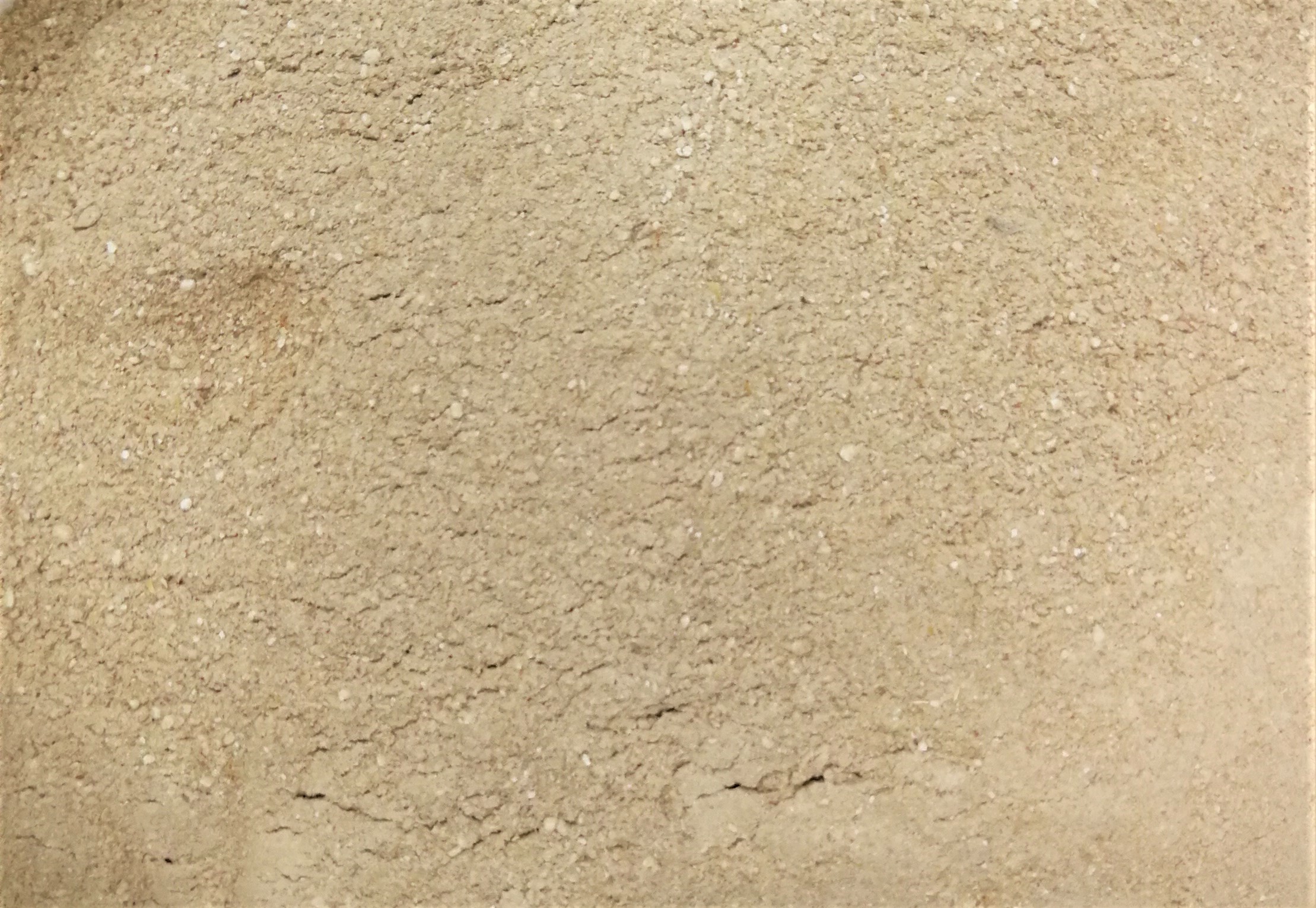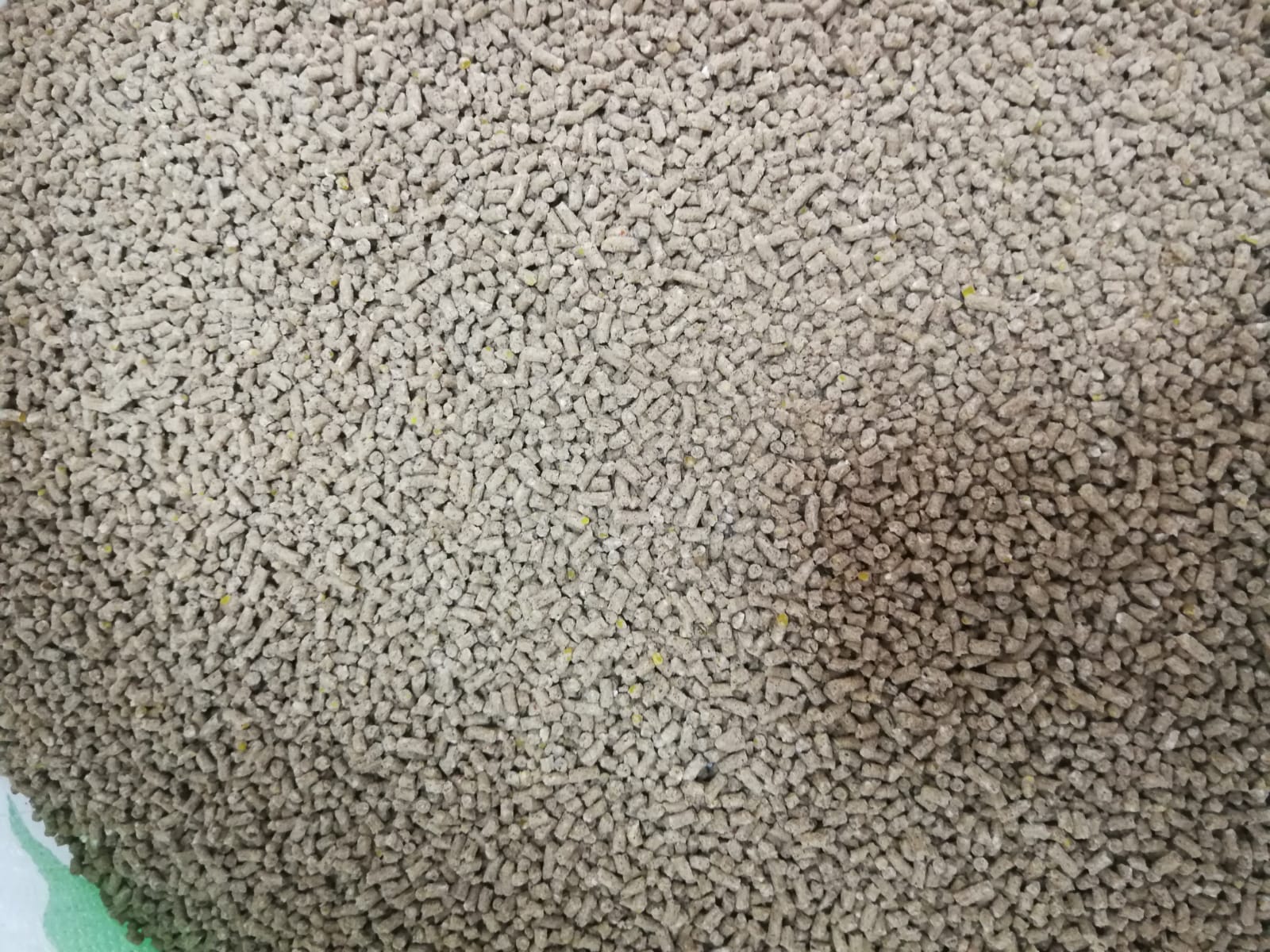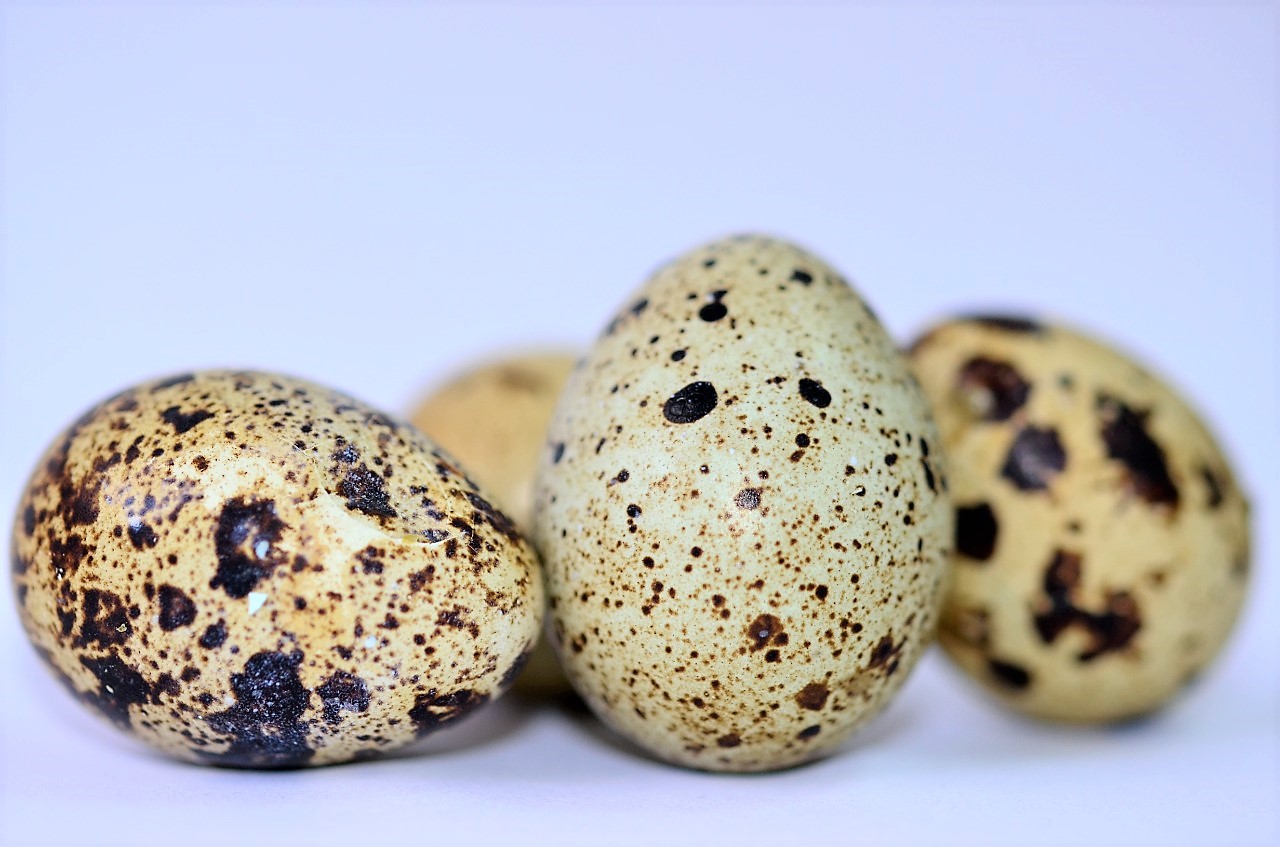
Grain processing by extrusion is one of the best technological solutions. After the heat treatment, due to the resulting aromatic substances, the taste qualities of such feed improve, the activity of enzymes that are necessary for the digestion process increases. The extruded feed is absorbed up to 90-95%.
– this is a new generation of food obtained by the barothermic method, which destroys pathogenic microflora, including pathogens of mold fungi and their toxins. When extruded, the content of simple sugars increases by 2 times, disaccharides – by 20 times. The efficiency of animal feeding increases by 50%. 1 kg of extrudate = 2.76 kg FE (feed units of oats). Extruded feed is indispensable in the cultivation of young animals, since it significantly reduces the percentage of their death from gastrointestinal diseases and pathogens that have penetrated with the feed.
Composition: extrudate of barley, wheat and oats.
|
Chemical composition |
|
|
Nutritional value |
|||
|
|
|
|
|
|
|
|
|
Indicators |
% |
|
|
Name |
Measurement unit |
Indicators |
|
Water |
9.00 |
|
|
Gross feed energy |
mJ |
18.83 |
|
Dry matter |
91.00 |
|
|
Metabolic energy |
mJ |
13.15 |
|
contained in dry matter: |
|
|
|
Pure lactation energy |
mJ |
8.30 |
|
"raw" protein |
13.40 |
|
|
By-pass protein |
g |
26.80 |
|
"raw" fat |
3.40 |
|
|
Digested protein |
g |
166.60 |
|
"raw" fiber |
3.50 |
|
|
Microbial protein |
g |
139.80 |
|
ADF |
|
|
|
Nitrogen balance in the rumen |
g |
-5.22 |
|
NDF |
|
|
|
Nitrogen need in the rumen |
g |
22.37 |
|
Nitrogen-free extractive substances |
77.36 |
|
|
Metabolic energy (poultry) |
mJ |
259.04 |
|
starch |
52.56 |
|
|
Exchange energy (cattle) |
mJ |
10.98 |
|
sugar |
0.41 |
|
|
Exchange energy (small cattle) |
mJ |
11.14 |
|
carotene |
24.59 |
|
|
digestible protein |
g |
86.55 |
|
ash |
2.34 |
|
|
digested fat |
g |
10.14 |
|
Ca |
3.93 |
|
|
digestible fiber |
g |
13.33 |
|
P |
0.33 |
|
|
digestible nitrogen-free extractive substances |
g |
582.96 |
Advantages:
|
Indicator |
Resource-saving eco-feed |
Ground grain |
|
Digestibility |
90-95% due to protein denaturation (5-10% goes into the manure) |
35% (65% goes into the manure) |
|
Starch digestibility |
90% due to the breakdown into sugars and dextrins in the extrusion process |
20% |
|
Contamination (mold fungi, mycotoxins, microorganisms) |
not found |
present |
|
Antinutrients (substances that interfere with the process of assimilation of nutrients) |
destroyed |
present |
|
High feed digestibility |
due to the taste qualities of the extrudate, which has a very pleasant bread taste and aroma |
- |
|
Storage duration |
sterile, has a low humidity |
prone to mold |
|
Cost-effectiveness |
consumed twice as little |
- |
|
Absorbent properties |
neutralizes various intestinal infections and irritations (prevention of gastrointestinal disorders) |
- |
The introduction of extruded feed into the diet of animals allows you to:
- increase the survival rate of young animals to 95%;
- increase milk yield in cows by 20-40%;
- in poultry, increase egg production by 30-40%, increase egg size by 15-20%;
- in pigs, cattle and small cattle, increase the daily weight gain by 15-30% and reduce the growing period by 2 months;
- feeding extruded feed reduces animal feed consumption by 40%, reduces the percentage of deaths of animals and birds from gastrointestinal infections by up to two times;
- increase the energy content of the diet by 10-15%.
Feeding standards
|
Type of animal |
Weight, kg |
Weight of eco-food, kg/day |
Price: 1 kg – 150 tenge (without delivery)
|
|
Cattle |
up to 100 |
0.5 |
|
|
100-200 |
1.5 |
||
|
200-300 |
2.1 |
||
|
more than 300 |
3.8 |
||
|
Small cattle |
- |
0.4-0.6 |
|
|
Pigs |
- |
2.1 |
|
|
Poultry |
up to 0.3 |
0.053 |
|
|
0.3-0.5 |
0.060 |
||
|
0.5-1.0 |
0.080 |
||
|
1.0-2.0 |
0.128 |
||
|
more than 2.0 |
0.140 |


